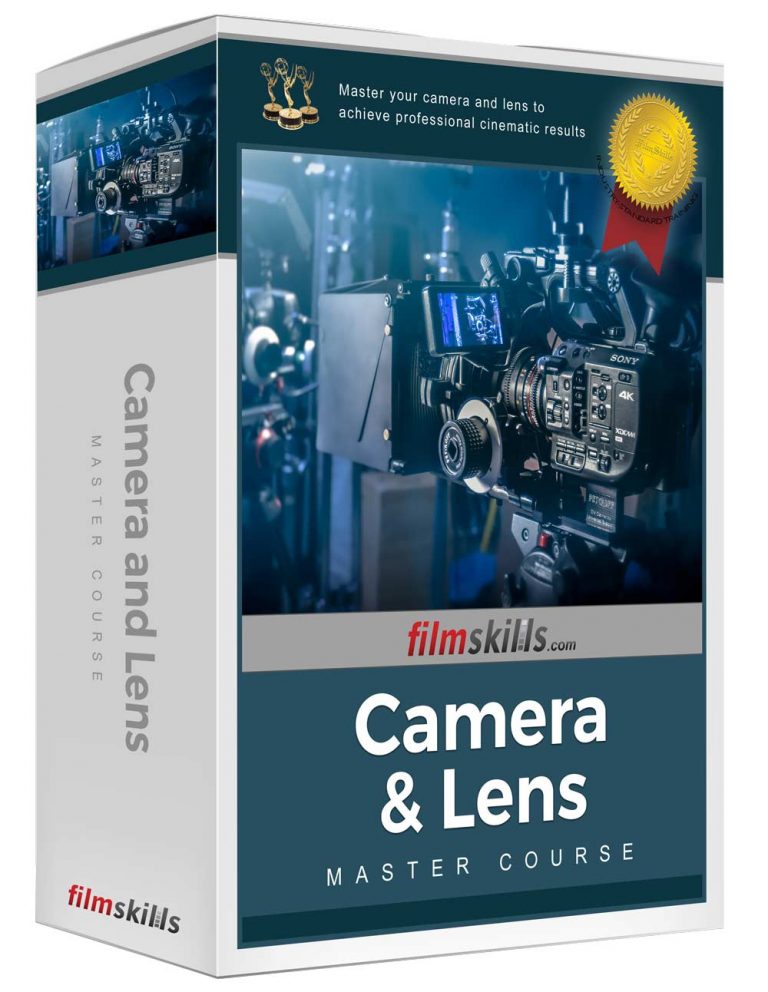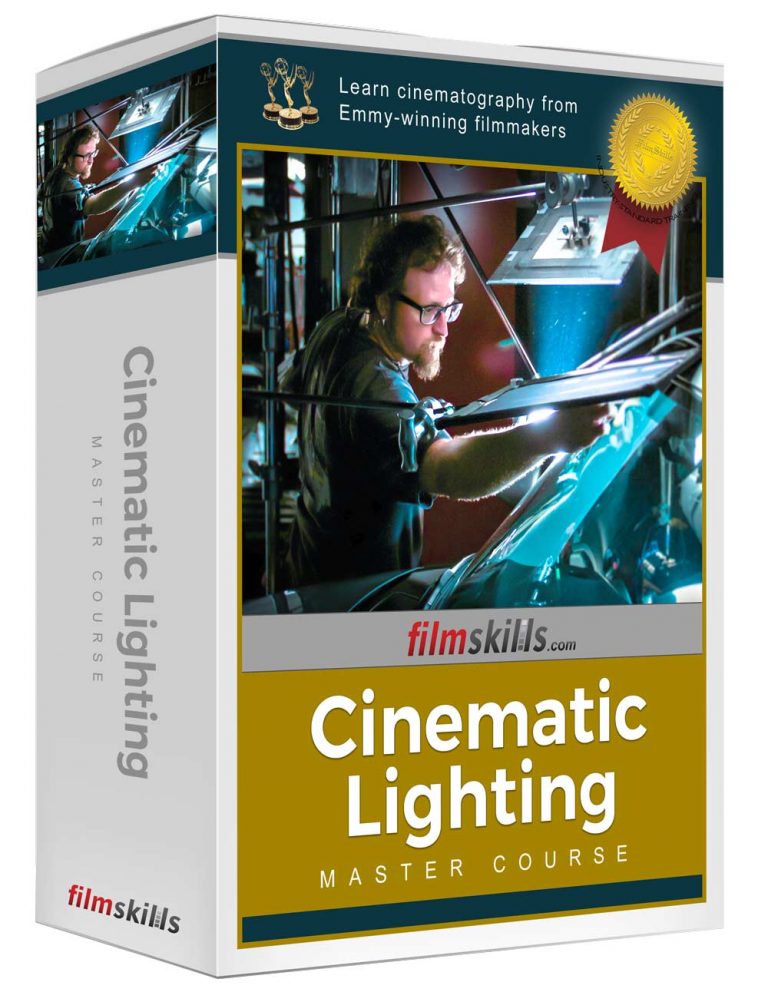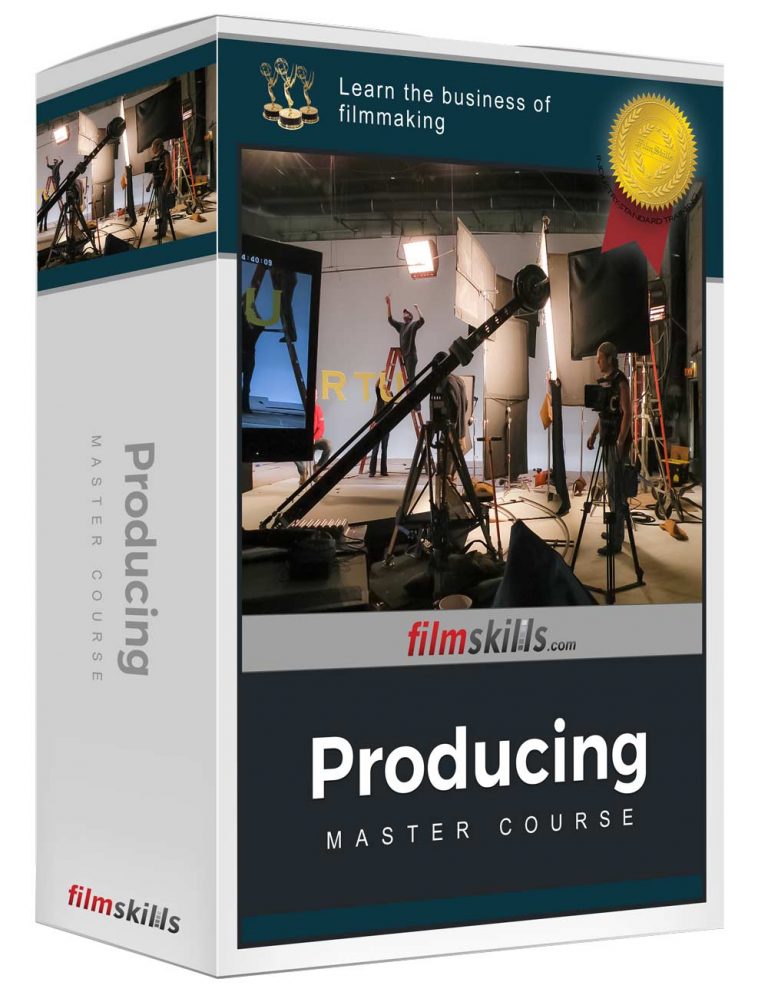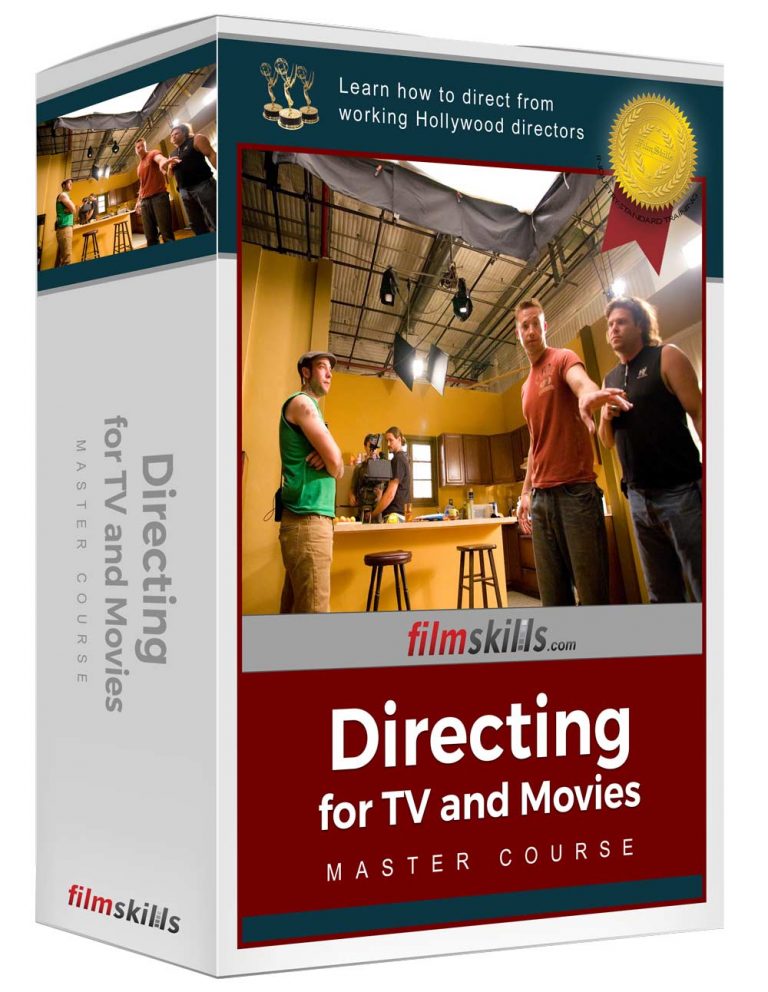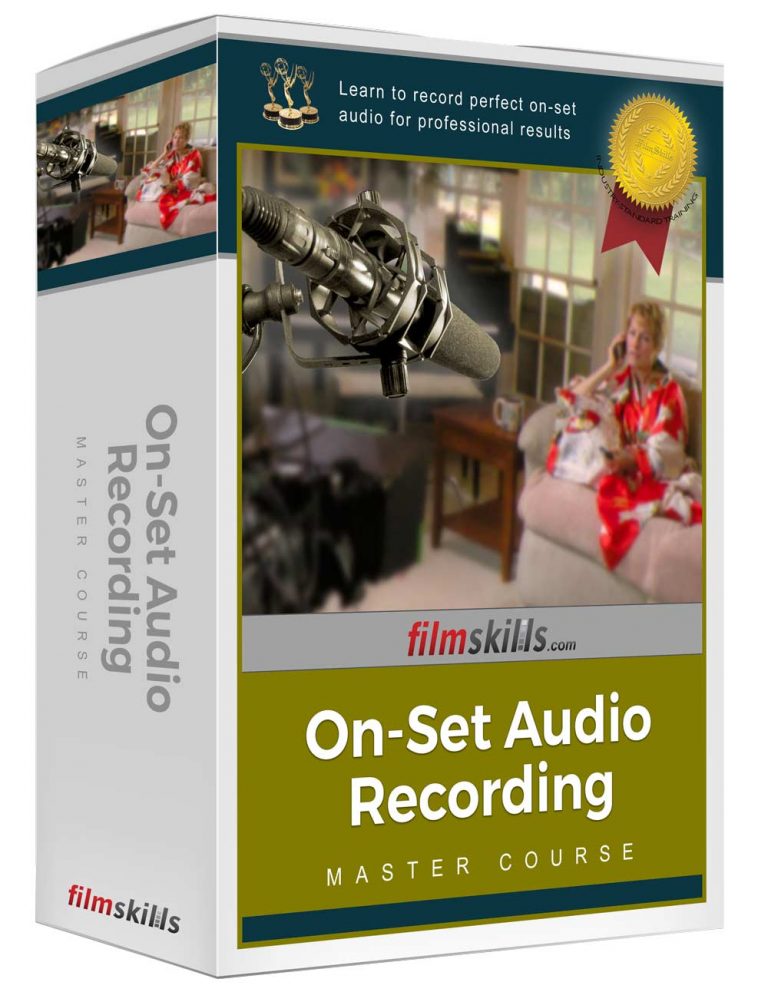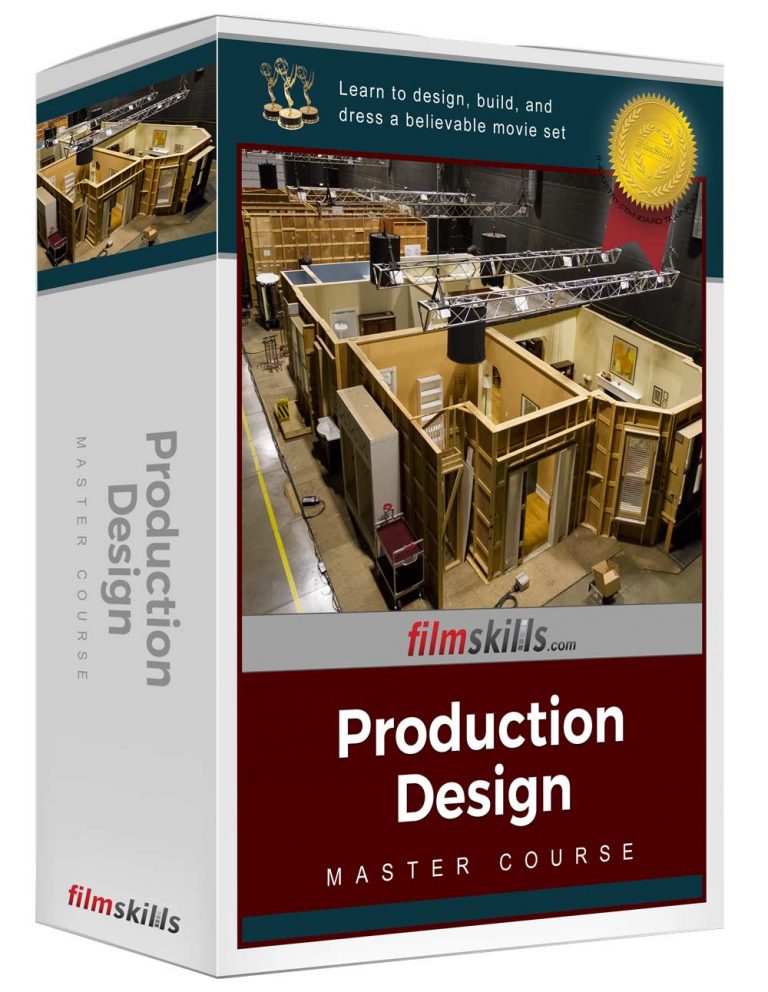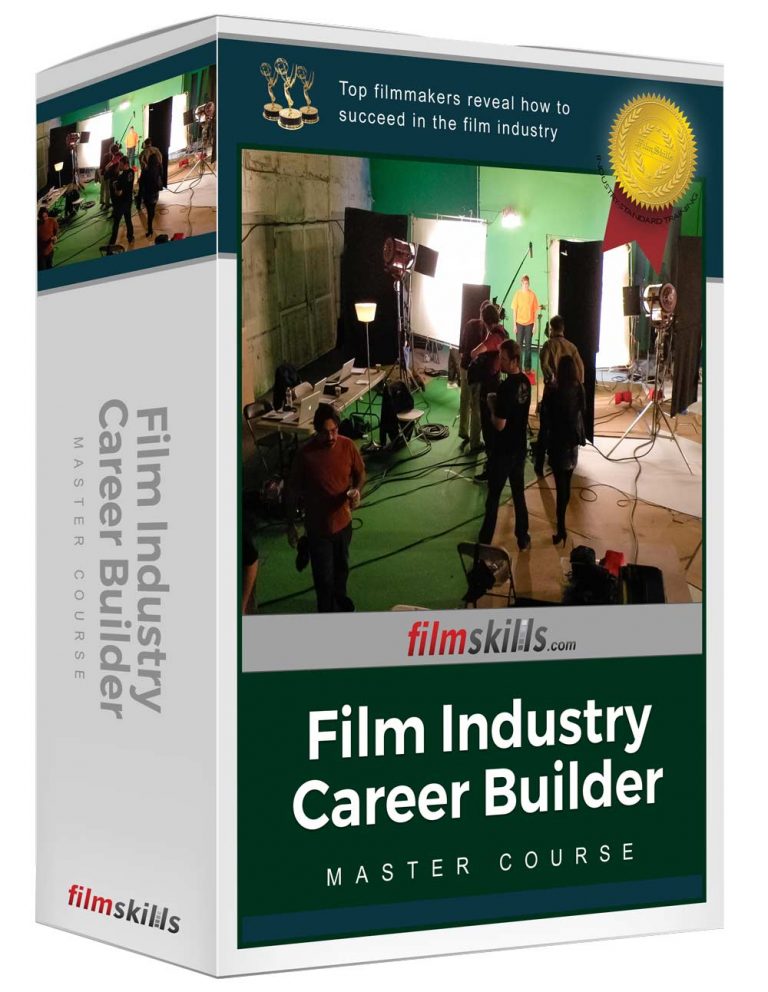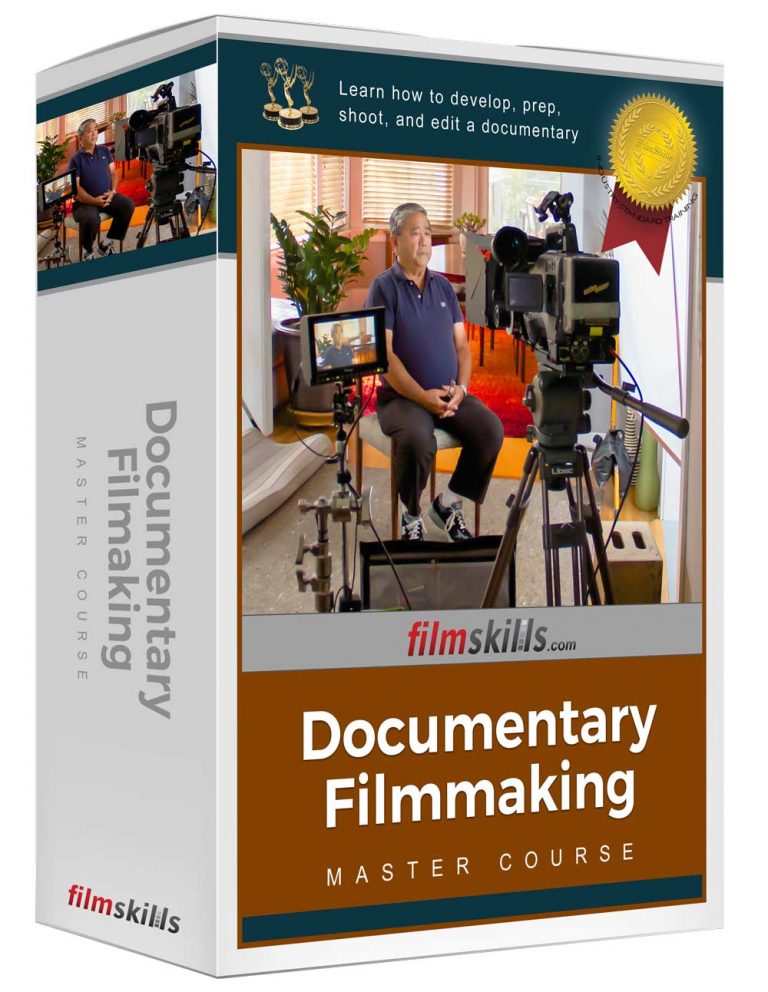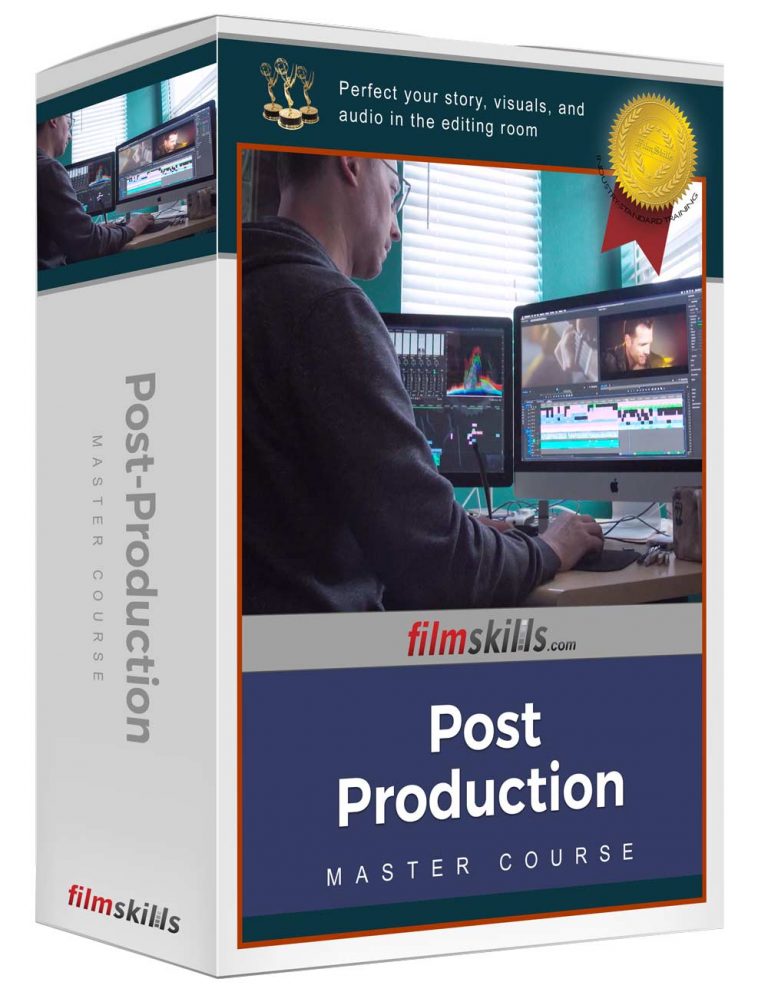All New 10-Lesson Series
Designed for both directors and cinematographers, the Framing and Composition lessons balance the techniques of cinematic composition, technical requirements and limitations of various formats and aspect ratios, and the emotional impact of every shot choice.

The Visual Story
A director’s job not only includes interpreting the story through the actors’ performances, set design, and camera coverage, but also how compositional choices affect the audience’s perception and emotional reactions.
In this lesson, learn how the cinematic components of line, shape, tone, color, movement, and rhythm affect the emotional subtext of the story, and how the director can incorporate these techniques when crafting the composition of each frame. (35:49)

Composing the Shot
The audience only sees what you point the camera at, and as filmmakers, the stories we tell must exist within the boundaries of the frame. The way we choose to place our subjects in the frame significantly affect the audience’s visual perception of the story and invoke subtle – yet powerful emotions.
In this lesson, learn how to break down the script for story-driven composition, plan concise coverage, common mistakes to avoid, and how to cheat the fame for the sake of the story. (27:03)

Creating Depth on Screen
Learn techniques for creating the illusion of depth on screen by using strategic blocking in depth planes, blocking techniques for actors, camera positions, lens focal length, depth of field, camera movement, and parallax.
From proscenium staging to complex single-camera blocking, working directors and cinematographers guide you through techniques used to create a sense of depth on a two-dimensional screen. (25:44)

Single and Over the Shoulder Shots
Learn techniques for framing people when shooting a dialogue scene, from the basics of framing actors in single shots and over the shoulder shots to advanced techniques that use camera position, lens choice, and depth of field to enhance the emotional tone of the scene.
Learn how to create subjective and objective experiences through framing choices and how various aspect ratios affect compositional choices. (24:27)
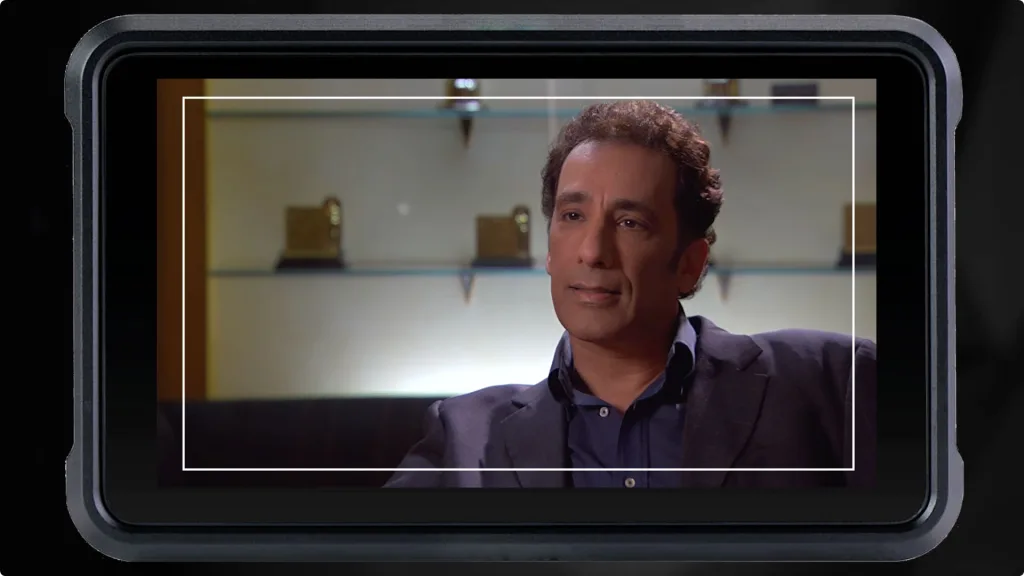
Head Room and Lead Room
Learn the compositional guidelines for head room and lead room for proper composition of people in the frame. Working Hollywood directors and cinematographers teach how to adapt for the acquisition format and exhibition method, how to work under creative requirements on a television show, and how the aspect ratio affects your framing choices. (19:43)

Eye Lines
Learn how to choose the best eyeline, directing techniques for ideal camera placement, how to overcome challenges when working with visual effects, and how to fine tune actor’s eyelines within mere inches to achieve the desired emotional impact. (18:02)
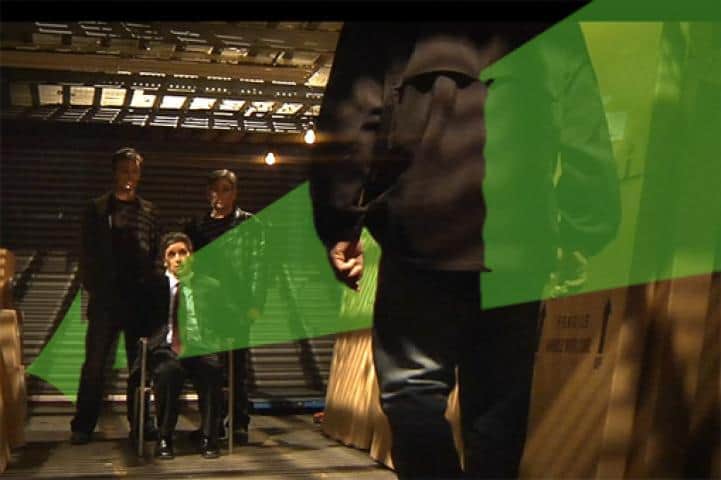
Screen Direction and the Rule of 180
Learn the core fundamentals of screen direction, how to establish the line of action, the rule of 180, exceptions to the rule of 180, instances where the line of action doesn’t apply, how to shoot multiple character with an ever-moving line of action, and how to prepare your shot lists to avoid catastrophic editing problems. (24:54)
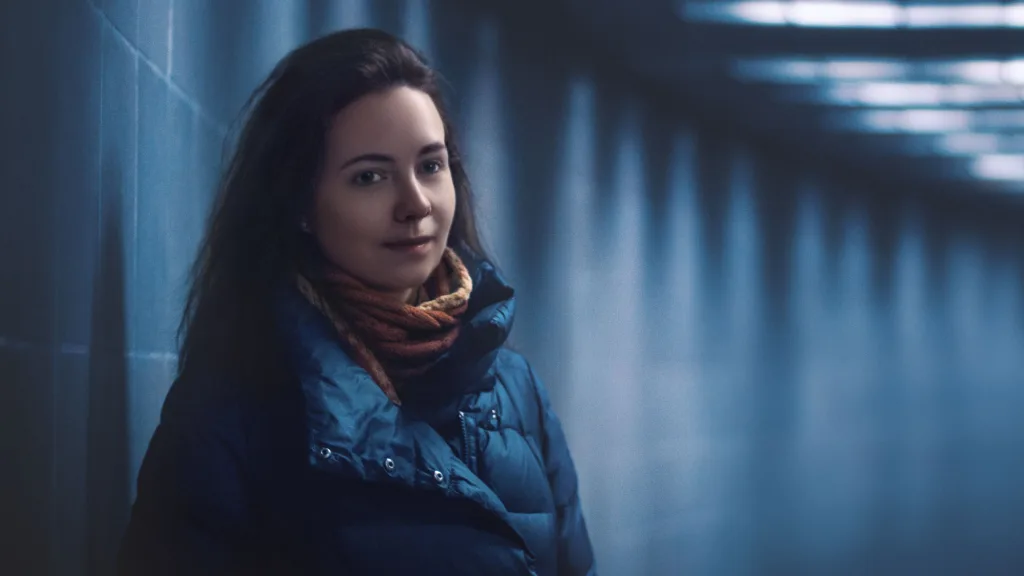
Screen Division and the Rule of Thirds
Learn how the compositional techniques of screen division, the Golden Ratio, and Rule of Thirds influence the tone and visual style of the frame, tips to translate story beats into compositional choices, and how to effectively apply these faming concepts when shooting different aspect ratios. (15:25)
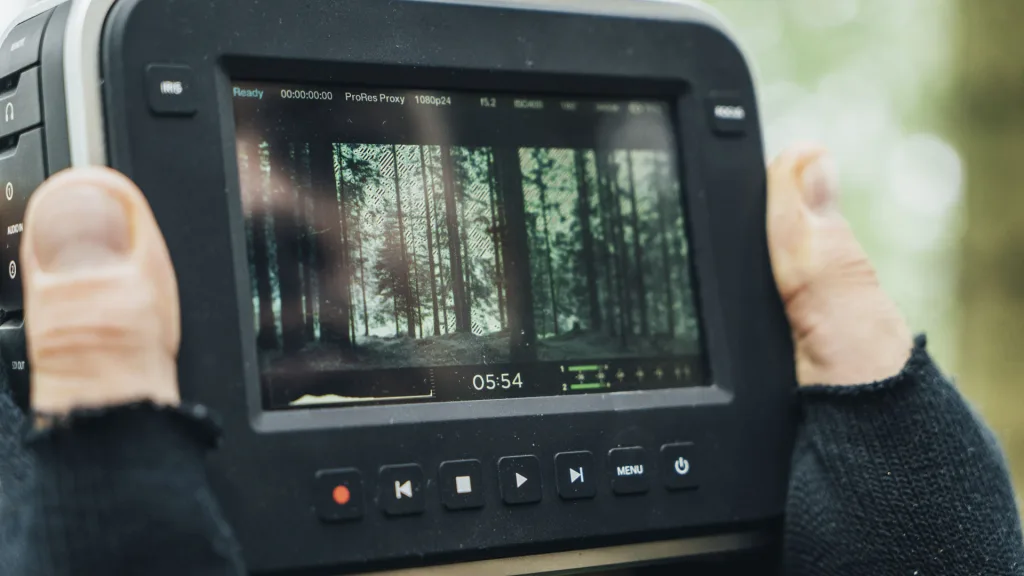
Shot types and Camera Movements
In this lesson, learn the intricacies of framing and camera movements, the basic shot types, advanced variations on each shot type, on-set shorthand for communicating shot sizes, and how to interpret emotional beats in each scene into the ideal composition. (27:57)

The Frame
In this lesson, learn how to identify and work with different aspect ratios, the history of aspect ratios in cinematic history, how to convert 4:3, 16:9, and 2.39:1 formats, safe framing guidelines, how various aspect ratios are adjusted for different exhibition and broadcast formats, using anamorphic lenses, and understanding pixel aspect ratios. (24:47)


